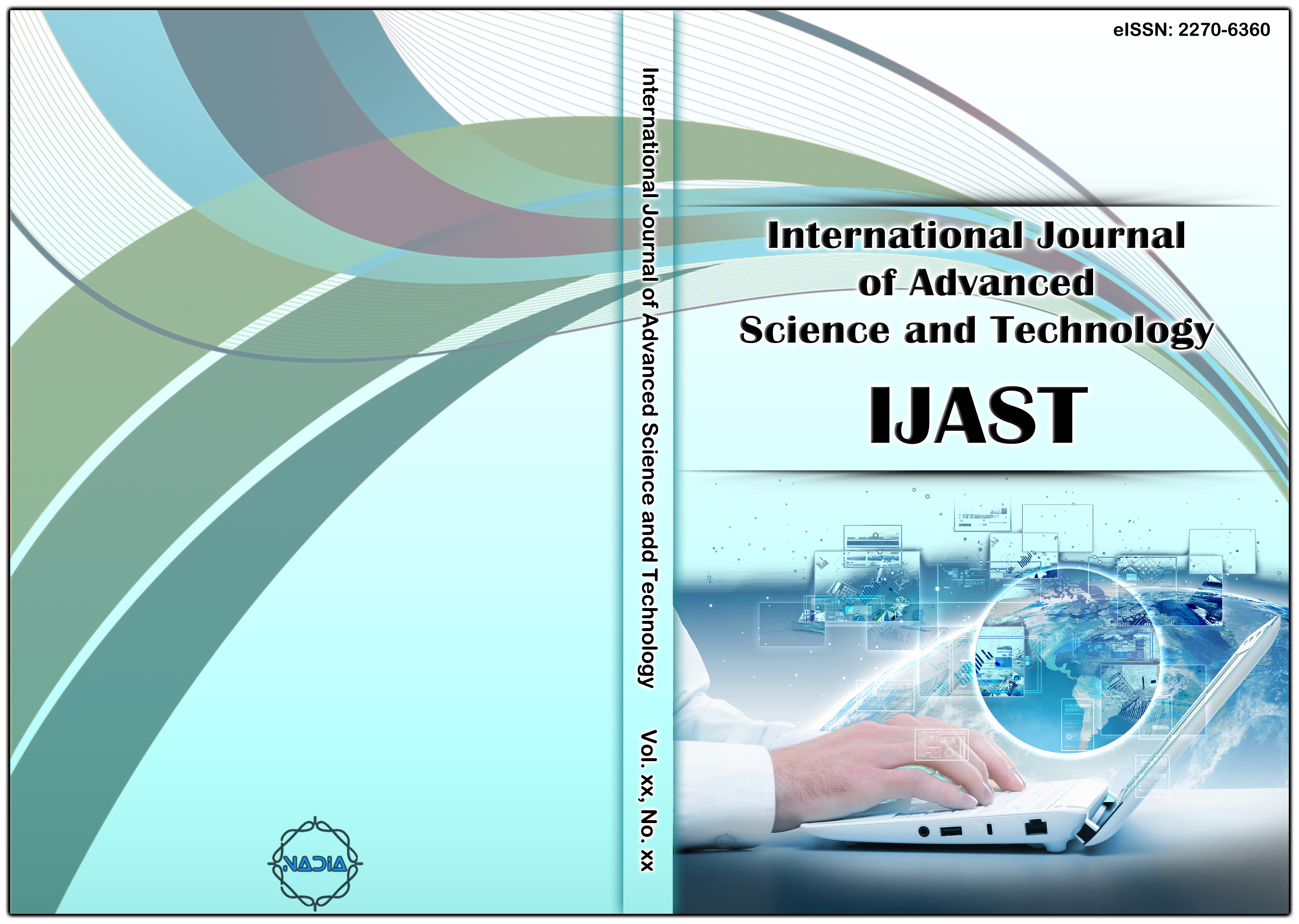[1] Eileen Smith, Michael Shirer. “Worldwide Public Cloud Services Spending Forecast to Reach $160 Billion This Year.” According to IDC; 2018. Available from: https://www.idc.com/getdoc.jsp?containerId=prUS43511618.
[2] Amiri M, Mohammad-Khanli L. “Survey on prediction models of applications for resources provisioning in cloud.” Journal of Network and Computer Applications 82 (2017): 93–113.
[3] Liu N, Li Z, Xu J, et al. “A Hierarchical Framework of Cloud Resource Allocation and Power Management Using Deep Reinforcement Learning.” IEEE 37th International Conference on Distributed Computing Systems (ICDCS); Atlanta, Georgia, USA, 5–8 June 2017. IEEE, 2017, pp. 372–382.
[4] Qiu F, Zhang B, Guo J. “A deep learning approach for VM workload prediction in the cloud.” 17th IEEE/ACIS International Conference on Software Engineering, Artificial Intelligence, Networking and Parallel/Distributed Computing (SNPD).” Shanghai, China, 30 May-1 June 2016. IEEE, pp. 319–324.
[5] Kumar J, Goomer R, Singh AK. “Long Short Term Memory Recurrent Neural Network (LSTMRNN) Based Workload Forecasting Model for Cloud Datacenters.” Procedia Computer Science 125 (2018): 676–682.
[6] Zhang Q, Yang LT, Yan Z, et al. “An Efficient Deep Learning Model to Predict Cloud Workload for Industry Informatics.” IEEE Transactions on Industrial Informatics 14.7 (2018): 1–9.
[7] Zhang Y, Yao J, Guan H. “Intelligent Cloud Resource Management with Deep Reinforcement Learning.” IEEE Cloud Computing 4.6 (2017): 60–69.
[8] Patel YS, Misra R. “Performance Comparison of Deep VM Workload Prediction Approaches for Cloud.” Progress in computing, analytics and networking, Springer, Singapore; 2018m, pp. 149–160.
[9] Kumaraswamy S, Nair MK. “Intelligent VMs prediction in cloud computing environment.” International Conference On Smart Technologies For Smart Nation (SmartTechCon), Bengaluru, India, 17-19 August 2017, pp. 288–294.
[10] Wamba GM, Li Y, Orgerie AC, et al. “Cloud Workload Prediction and Generation Models.” 29th International Symposium on Computer Architecture and High Performance Computing, SBAC-PAD, Brazil, 17-20 October 2017, pp. 89–96.
[11] Kumar J, Singh AK. “Workload prediction in cloud using artificial neural network and adaptive differential evolution.” Future Generation Computer Systems 81 (2018): 41–52.
[12] Kumar J, Singh AK. “Dynamic resource scaling in cloud using neural network and black hole algorithm.” Fifth International Conference on Eco-friendly Computing and Communication Systems (ICECCS), Bhopal, India, 8-9 Dec 2016, pp. 63–67.
[13] Mason K, Duggan M, Barrett E, et al. “Predicting host CPU utilization in the cloud using evolutionary neural networks.” Future Generation Computer Systems 86 (2018): 162–173.
[14] Hatamlou A. “Black hole: A new heuristic optimization approach for data clustering.” Information Sciences 222 (2013): 175–184.
[15] Reiss C, Tumanov A, Ganger GR, et al. “Heterogeneity and Dynamicity of Clouds at Scale: Google Trace Analysis.” ACM Symposium on Cloud Computing, San Jose, CA, USA, 14-17 October 2012, pp. 1–18.
[16] Friedman M. “The use of ranks to avoid the assumption of normality implicit in the analysis of variance.” Journal of the American Statistical Association 32.200 (1937): 675–701.
[17] Finner H. “On a monotonicity problem in step-down multiple test procedures.” Journal of the American Statistical Association 88.423 (1993): 920–923.
